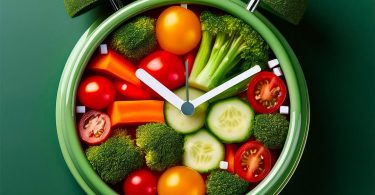The same food can see its glycemic index go from simple to double depending on many factors.
The adoption of a low glycemic index food diet, the royal way to prevent aging and age-related diseases, requires the ability to properly assess this glycemic index.
The complexity and variability of glycemic index calculations do not make the task any easier…
Thus, the potato, staple food for more than a billion people in the world, sees its glycemic index go from simple to double depending in particular on its varieties, its mode of transformation, its type of cooking, interaction with other foods, ingestion schedules, and maybe even cultivation methods…
It is clear that there is little standardization of the published glycemic index values of foods even if they have the same names or descriptions (1).
In addition, each individual has particular predispositions which will vary the glycemic index of the same food.
It is very possible that in the near future, the choice of a low glycemic index diet will first go through nutrigenetic and nutrigenomic tests to optimize nutrition according to the genotype of each individual.
© AGE Breaker 11 2022
✅ [AGE BREAKER, patented nutritional supplements, based on rosmarinic acid, recognized by aging specialists around the world for their properties to reverse the effects of glycation.]
✅ [Glycation is one of the major causes of aging. Resulting from the fixation of sugars on the proteins constituting the organism, glycation generates toxic compounds that cause cellular aging. Glycation is particularly involved in metabolic disorders, skin aging and cognitive decline.]
More on www.agebreaker.com
#agebreaker #glycation
(1): S. Sai Sagili et al. The Glycemic Index and Human Health with an Emphasis on Potatoes. Foods 2022, 11(15), 2302; Https://doi.org/10.3390/foods11152302









